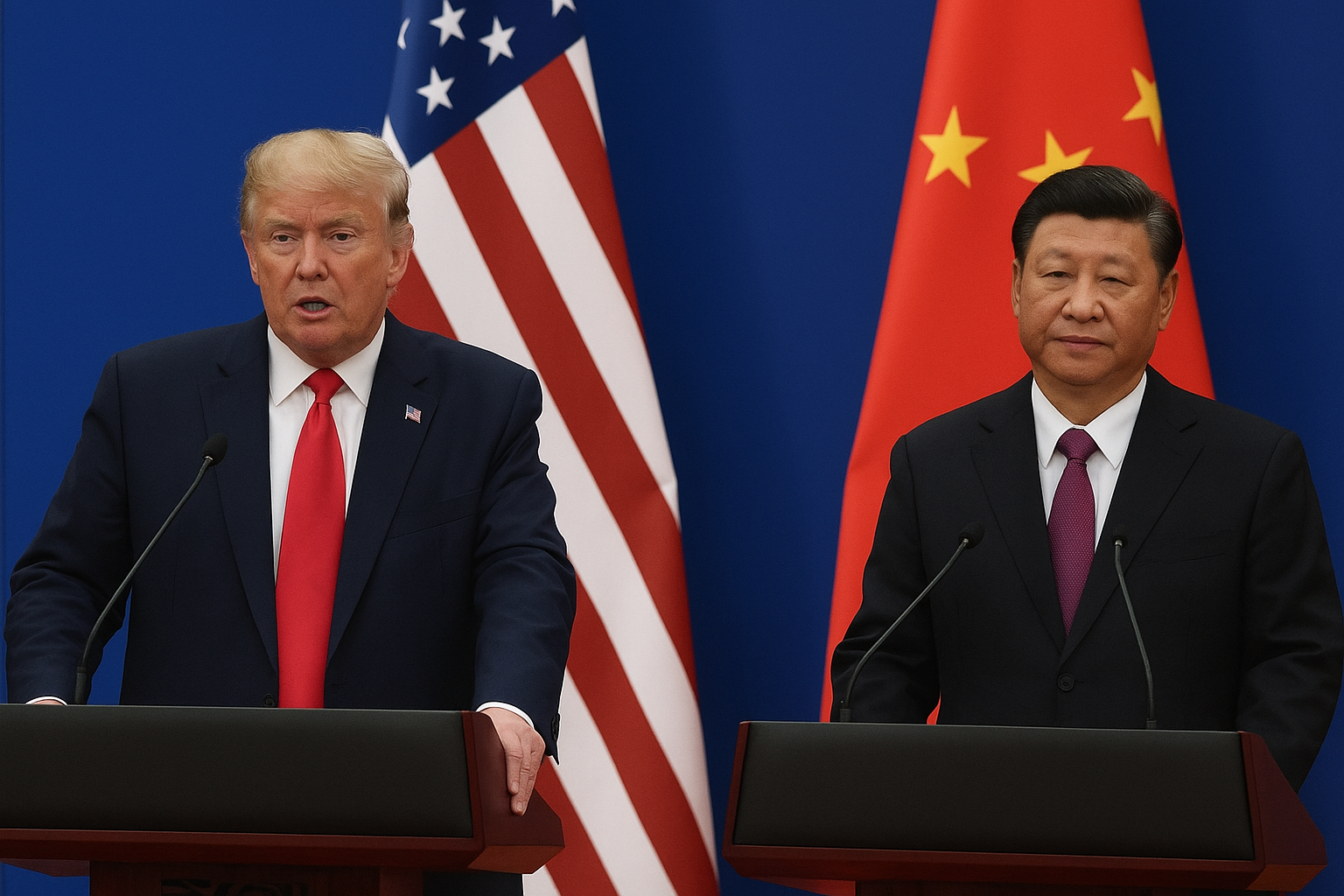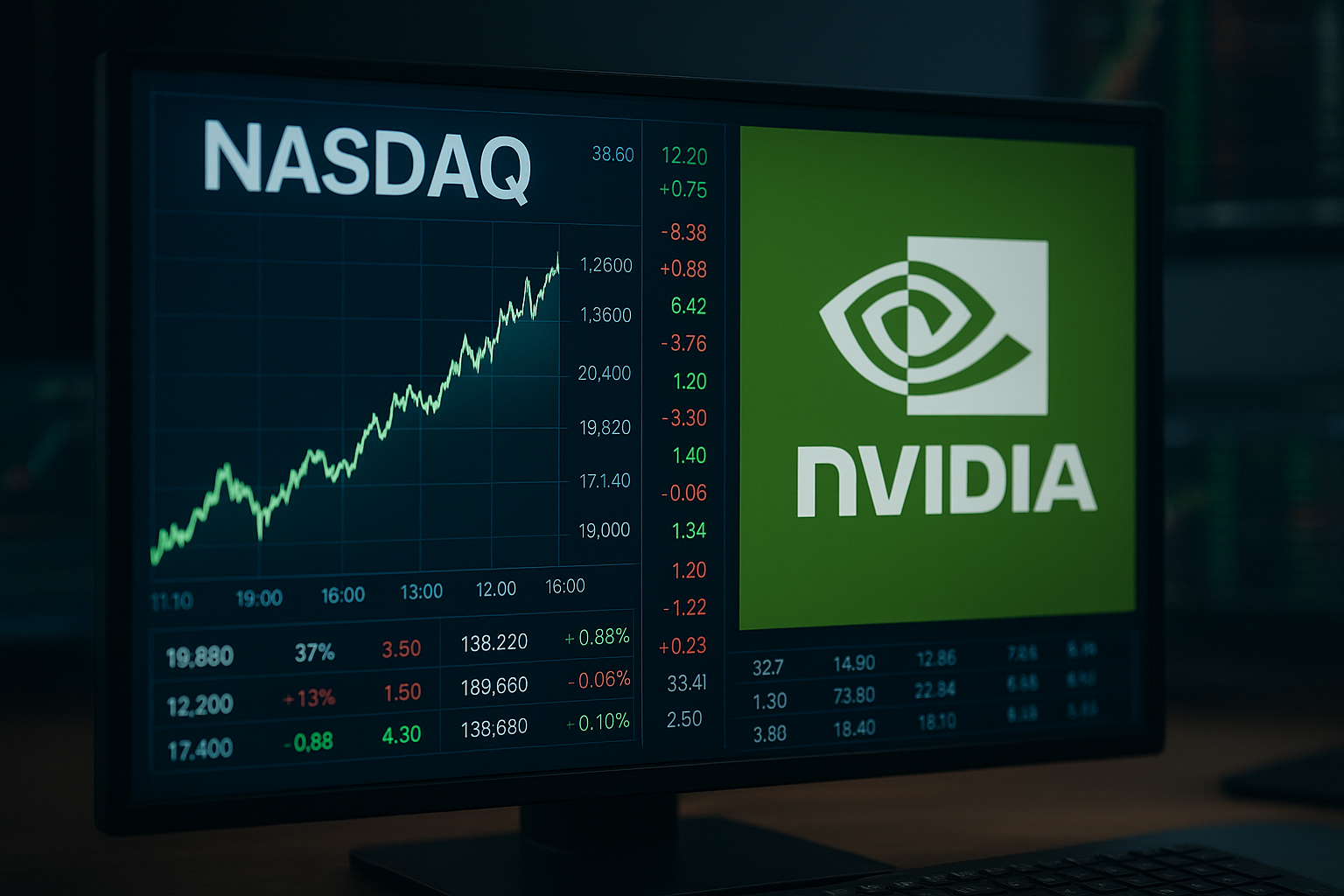Global capital continues to gravitate toward the United States, even as investors weigh the risks of a maturing economic cycle, rising public debt, and political gridlock. At the Future Investment Initiative (FII) conference in Riyadh, a range of asset managers and sovereign fund executives reaffirmed their preference for U.S. assets over the next 12 to 18 months, citing strong corporate performance, deep liquidity, and the continuing dominance of the dollar.
According to Reuters (Oct. 28, 2025), major global allocators view the U.S. as the most resilient market in an increasingly uncertain global landscape. Despite concerns about fiscal sustainability and slowing growth, the country’s leadership in technology, artificial intelligence, and capital markets remains a powerful draw. “The U.S. continues to lead in innovation and capital efficiency,” one Gulf-based sovereign fund executive told Reuters. “For global portfolios, that makes it hard to ignore.”
Capital Concentration and Global Divergence
While emerging markets and Europe have attracted sporadic inflows, the scale and momentum of capital entering the U.S. remains unmatched. The Institute of International Finance (IIF) estimates that more than 60% of global portfolio flows since mid-2024 have gone into U.S. equities and Treasuries. This “flight to quality,” amplified by geopolitical tensions and uneven global growth, has reinforced a structural bias toward U.S. markets.
Even with U.S. government debt surpassing $35 trillion and real GDP growth forecasted to slow to around 1.7% in 2026 (according to the IMF), investors continue to prize the country’s rule of law, transparency, and innovation ecosystem. Analysts from Goldman Sachs argue that the U.S. dollar’s reserve currency status and the strength of its financial system give it a competitive edge that rivals cannot replicate.
Yet this concentration raises questions about diversification risk. “We are witnessing a home-bias in global allocation,” said Morgan Stanley’s head of global strategy. “The risk is that investors are underexposed to growth opportunities elsewhere — particularly in Asia and energy-transition sectors.”
Why This Matters for Investors
The dominance of U.S. markets underscores both opportunity and caution. On one hand, the S&P 500 and Nasdaq 100 continue to benefit from strong corporate earnings, record buybacks, and AI-driven optimism. On the other, elevated valuations — with forward price-to-earnings ratios above historical averages — suggest the potential for correction if macro conditions shift.
Moreover, U.S. fiscal imbalances and policy uncertainty ahead of the 2026 election cycle could test investor sentiment. The possibility of regulatory tightening, higher capital gains taxes, or renewed trade tensions with China may alter global capital flows.
Still, compared to markets in Europe, Latin America, and parts of Asia — many of which face structural inflation or capital controls — the U.S. retains its appeal as a relatively stable haven. “Global capital prefers the U.S. not because it’s flawless, but because it’s predictable,” said a JP Morgan economist in a client note.
Future Trends to Watch
- Dollar Strength and Treasury Yields: The U.S. dollar’s resilience, supported by capital inflows, could keep pressure on emerging-market currencies and commodities.
- Tech and AI Leadership: Continued global appetite for AI-driven innovation reinforces investor focus on U.S. tech giants such as Nvidia ($NVDA), Apple ($AAPL), and Microsoft ($MSFT).
- Policy and Election Dynamics: Fiscal policy shifts, geopolitical positioning, and trade agendas will be pivotal for capital flows in 2026–2027.
Key Investment Insight
Investors should balance the undeniable pull of U.S. assets with the need for geographic diversification. Exposure to U.S. tech and AI leaders remains compelling, but a portion of capital could be allocated to non-U.S. innovation hubs (e.g., South Korea, India) and emerging-market sovereign debt that benefits from easing U.S. rates.
For long-term portfolios, strategies blending U.S. core equity exposure with global diversification offer the most robust positioning amid shifting macro conditions.
As the FII conference highlighted, the world’s capital continues to follow America — but investors would do well to remember that even the strongest currents can change direction.
Stay tuned with MoneyNews.Today for daily updates and strategic insights that decode the forces shaping global investor flows.





